7 Ways Solar Energy Has Recently Improved
Solar energy has undergone significant advancements in recent years, transforming it from a promising alternative to a mainstream source of power. According to the news website, Earth, solar energy was first commercialized around 40 years ago. These advancements have not only improved the efficiency and affordability of solar technology but also expanded its accessibility to more regions and communities worldwide. Let's explore several key ways in which solar energy has evolved and improved in recent times.
1. Increased Efficiency of Solar Panels
One of the most noticeable improvements in solar energy technology is the increase in the efficiency of solar panels. According to our experts, early solar panels had relatively low efficiency rates, typically converting around 15% to 20% of sunlight into electricity. Today, advancements in materials and manufacturing techniques have boosted efficiency rates dramatically, with some cutting-edge panels reaching much higher efficiency levels. This improvement means that modern solar panels can generate more electricity from the same amount of sunlight, making solar power more viable in areas with less sunlight or limited roof space.
2. Cost Reductions in Solar Panel Production
The cost of solar panels has plummeted over the past decade, thanks to advancements in the industry and factors within the manufacturing process. Improved production processes, such as the use of automated manufacturing and cheaper materials, have lowered the cost of solar panels. As a result, solar energy has become competitive with traditional fossil fuels in terms of cost, even without subsidies in many regions. This cost reduction has made solar installations more accessible to homeowners, businesses, and utilities alike, driving widespread adoption of solar energy across the world.
3. Advancements in Energy Storage Technologies
Energy storage is an important part of integrating solar energy into the grid effectively. Recent advancements in battery technologies, particularly with the rise of lithium-ion batteries, have revolutionized energy storage. These batteries can store excess solar energy generated during the day for use during periods of low sunlight or high demand, such as evenings or cloudy days. Improved energy storage solutions have enhanced the reliability and stability of solar energy systems, enabling greater independence and flexibility in energy consumption.
4. Integration of Artificial Intelligence
The integration of AI and machine learning has optimized the operation and efficiency of solar energy systems. AI-powered software can analyze the large amounts of data collected from solar installations, optimizing panel orientation, predicting maintenance needs, and maximizing energy output. This intelligent monitoring and management improve overall system performance, reduce operational costs, and prolong the lifespan of solar equipment. As AI technologies continue to evolve, they promise even greater efficiencies and cost savings in solar energy.
5. Emergence of New Technologies
Recent technological innovations have further enhanced the capabilities of solar energy systems. These advancements include improvements in components like inverters and trackers, which optimize energy production and system reliability. Innovations continue to push the boundaries of what is possible in solar energy technology, driving ongoing improvements in performance and efficiency.
6. Advancements in Solar Energy Integration
Recent advancements in the integration of solar systems have facilitated more seamless installations and improved overall system performance. These advancements have enhanced the versatility and applicability of solar energy solutions across various environments and applications. The solar energy installation process has never been easier. Reaching out to a qualified team for the installation can save you the headache of installing them yourself.
7. Expansion of Solar Energy in Developing Countries
The accessibility of solar energy has expanded dramatically in developing countries, where access to reliable electricity grids may be limited. Solar systems provide a decentralized and sustainable solution to the lack of energy in some areas, offering communities reliable electricity for lighting, heating, and powering essential devices. Innovations in technology have made solar energy systems affordable and scalable, empowering communities to become energy-independent and economically self-sufficient.
The evolution of solar energy technology has brought about significant improvements in efficiency, cost-effectiveness, and accessibility. From the increased efficiency of solar panels to advancements in energy storage and the integration of AI, these innovations are driving the widespread adoption of solar power across the globe. As research and development continue to push the boundaries of what is possible, the future of solar energy looks increasingly bright, promising a sustainable and renewable energy source for generations to come. If you are ready to get started with incorporating solar energy into your home or business, reach out to Northwind Solar today!

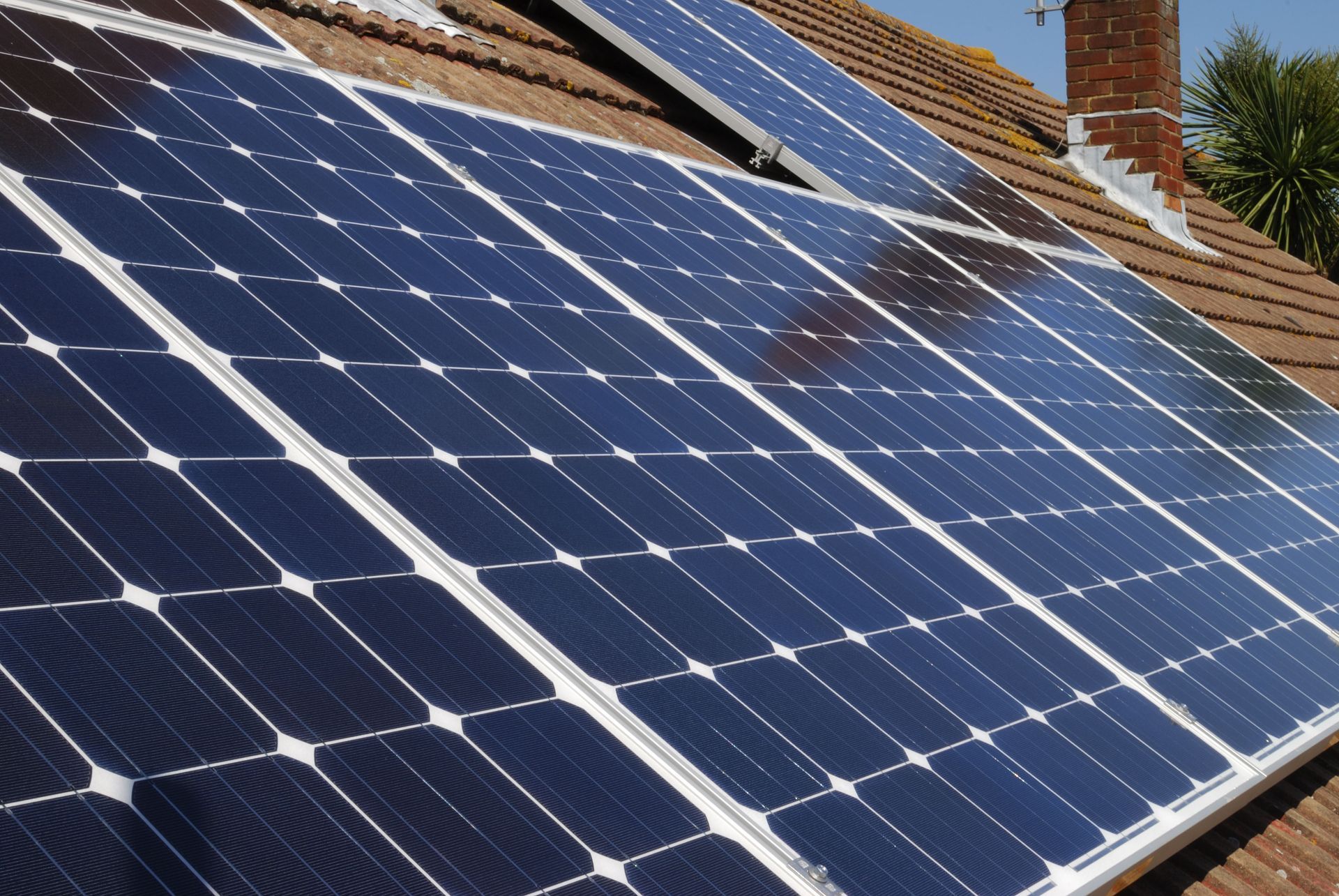
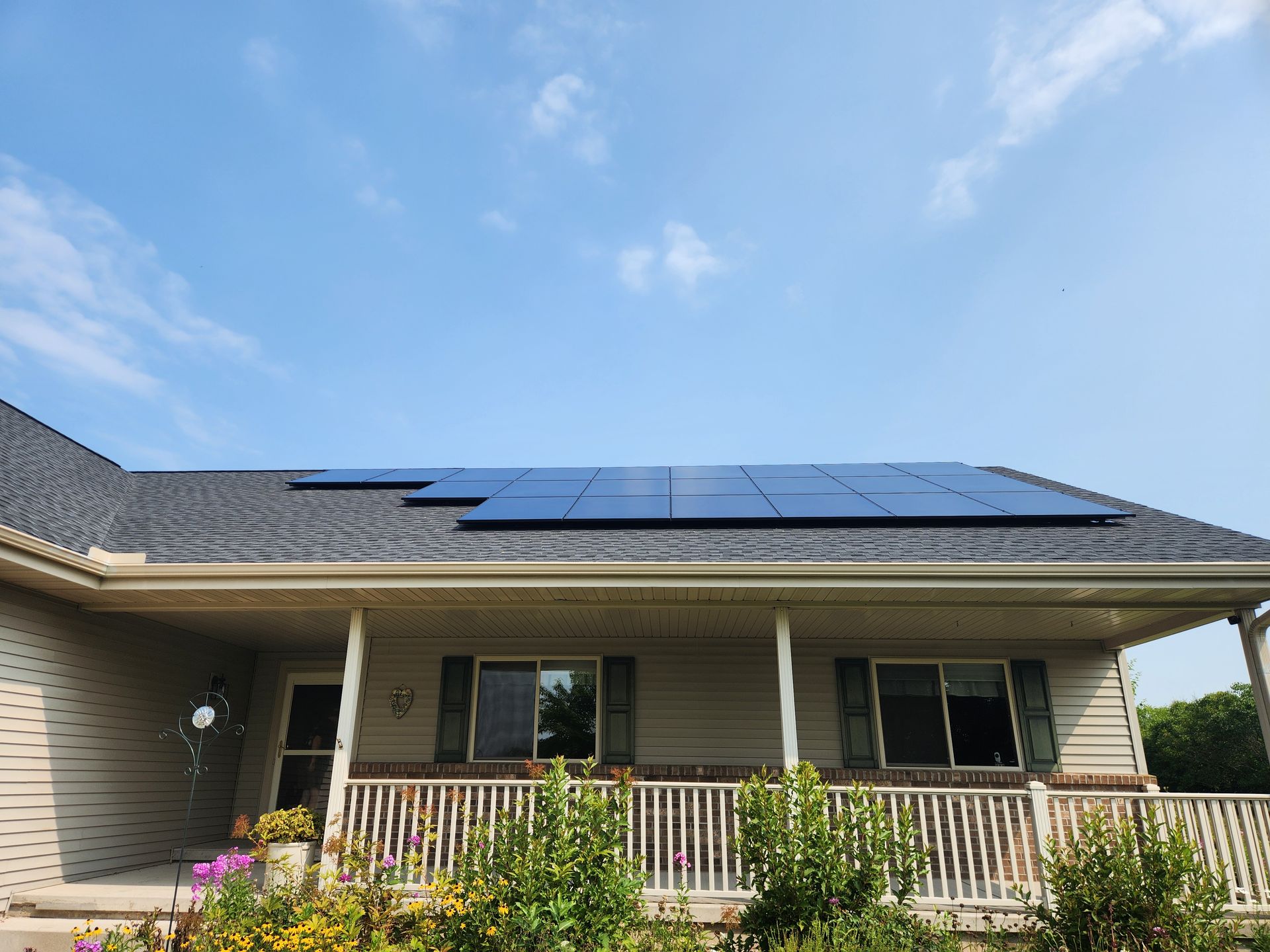


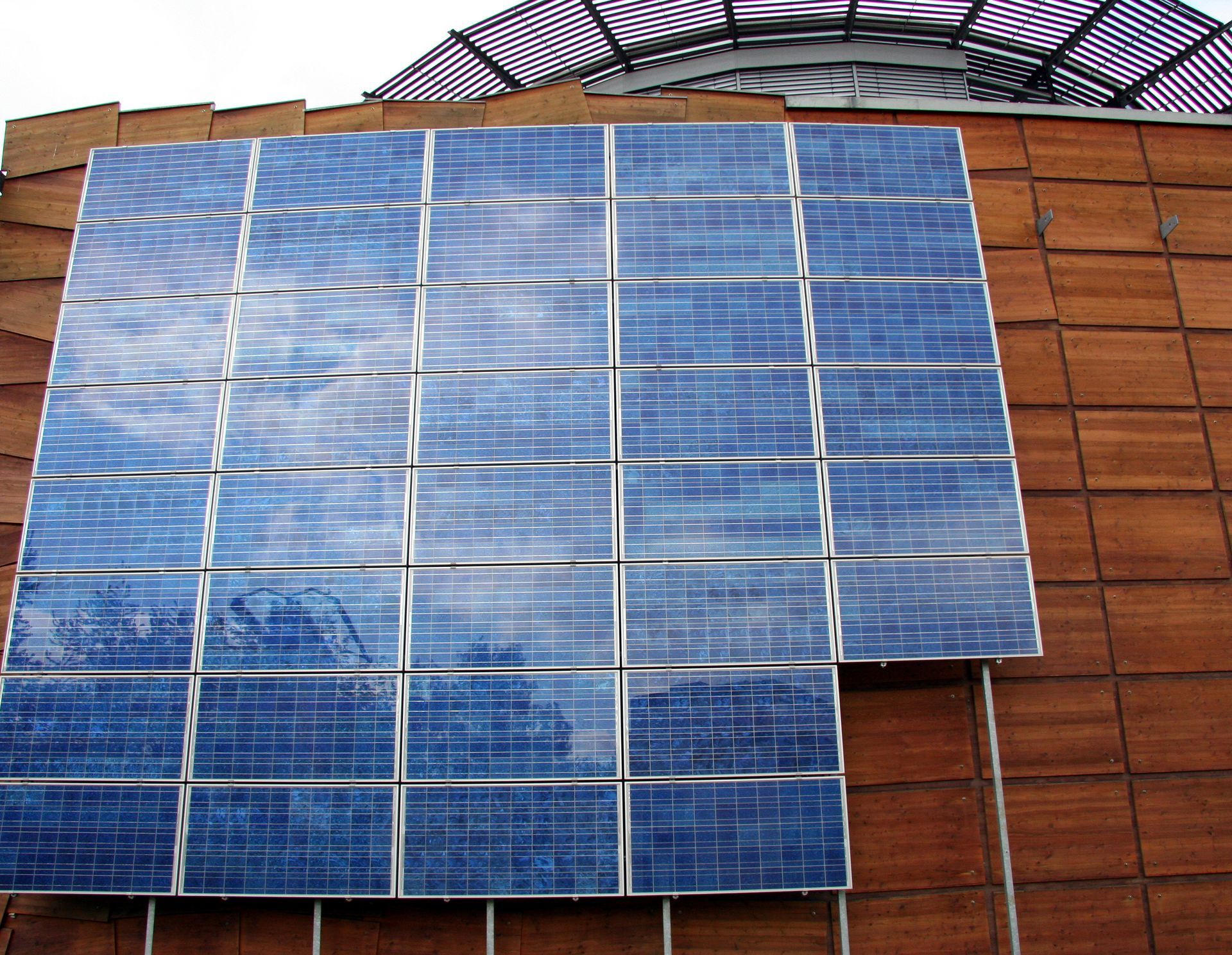

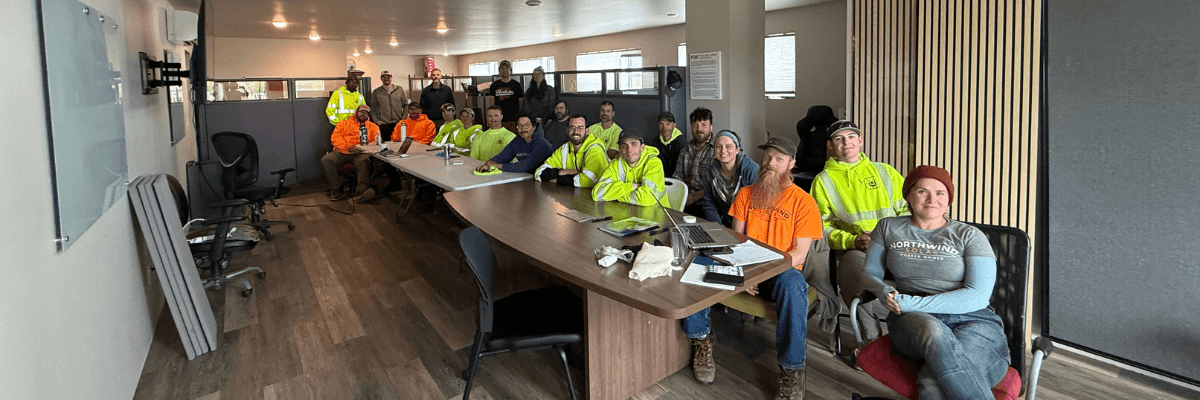
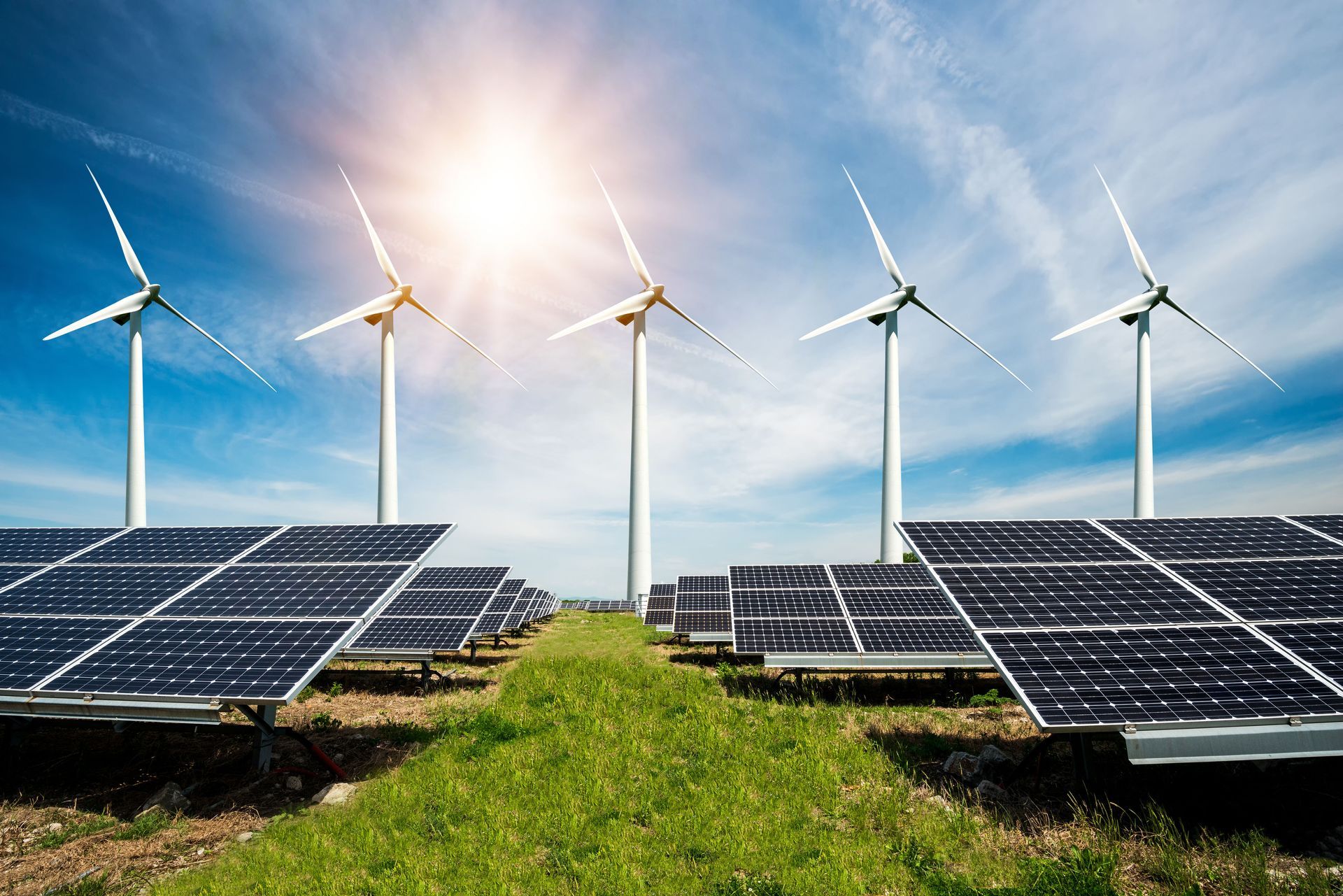


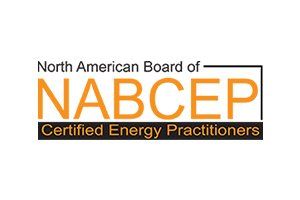
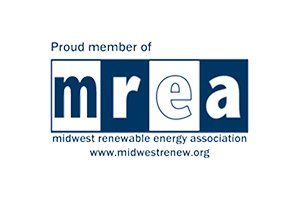

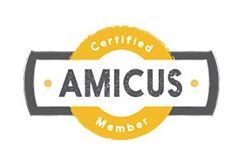
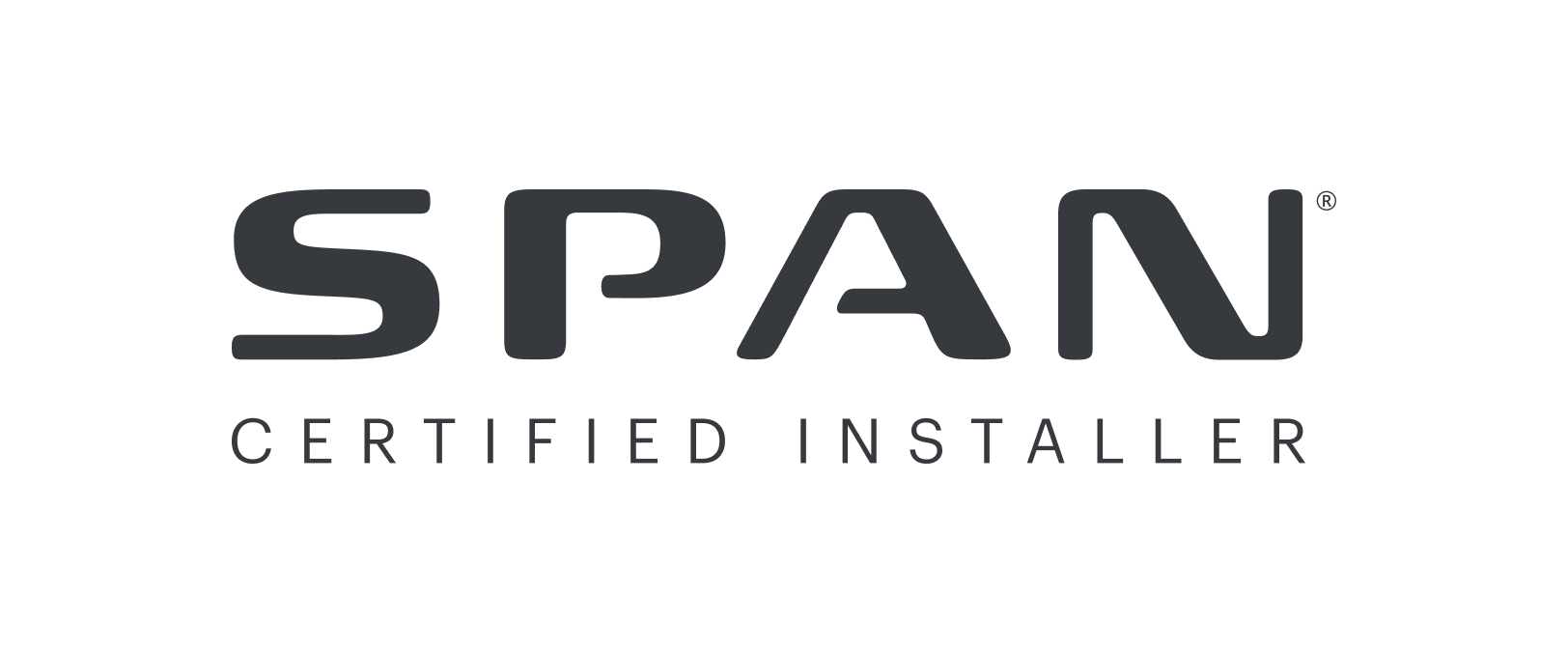
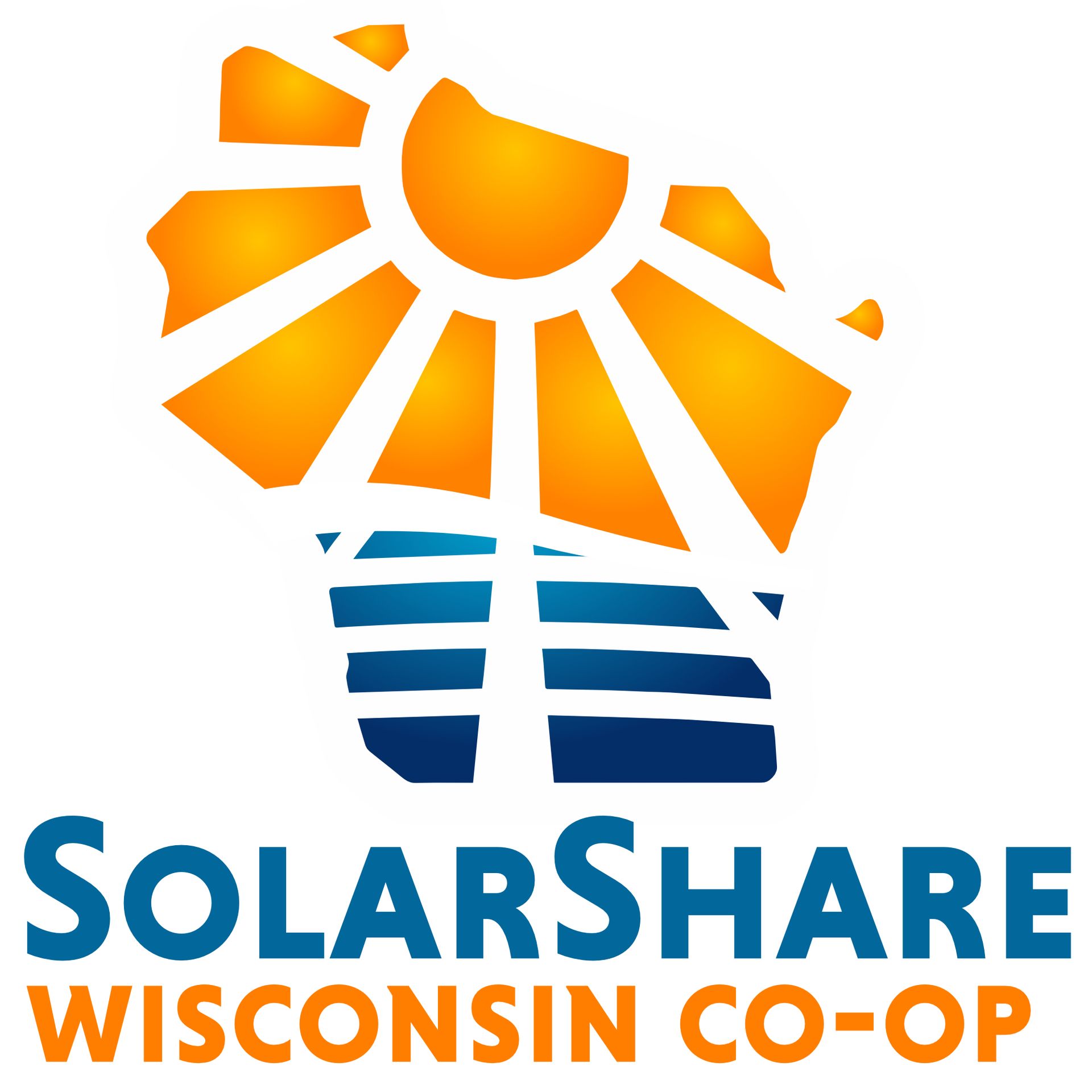
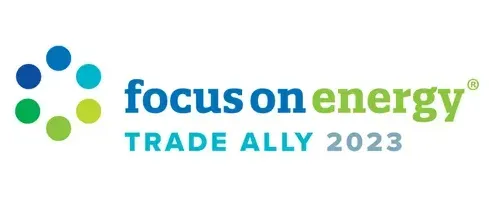
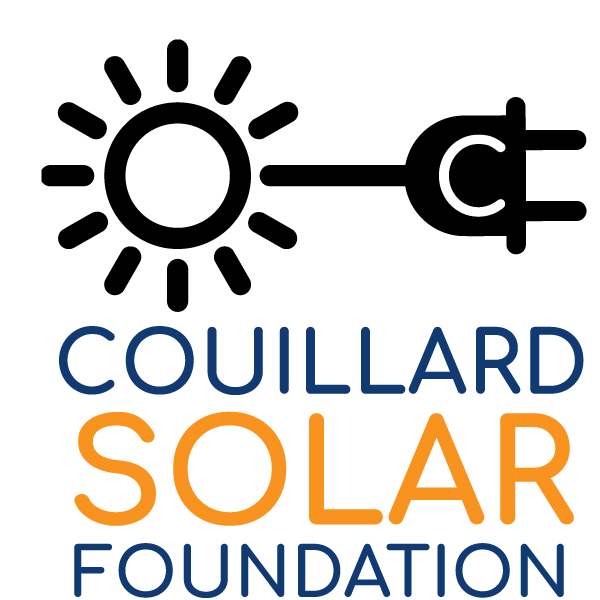



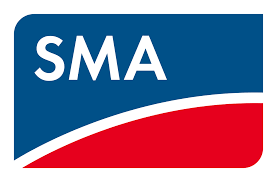
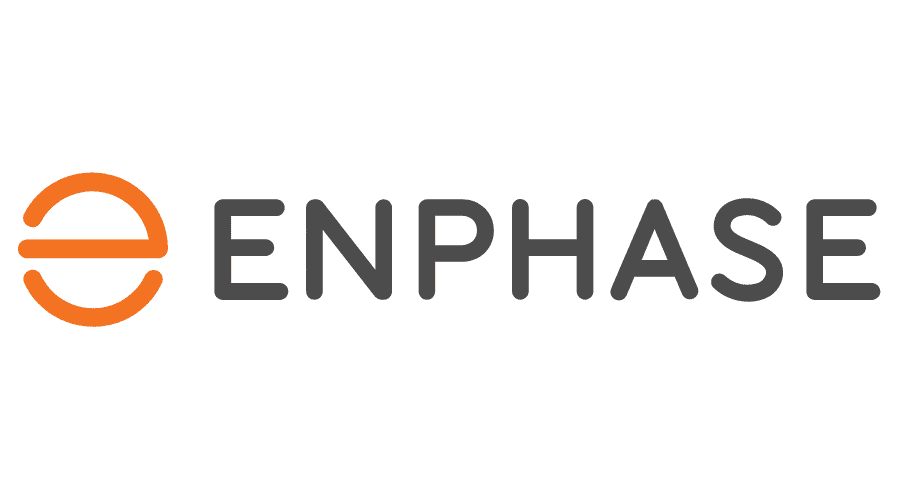
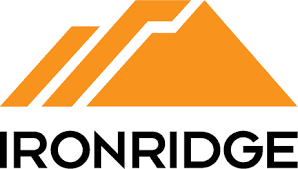


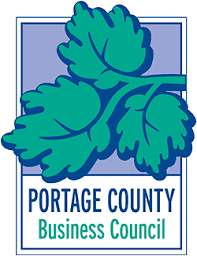

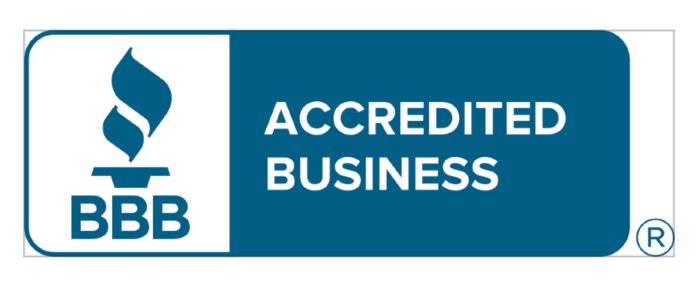
Share On: